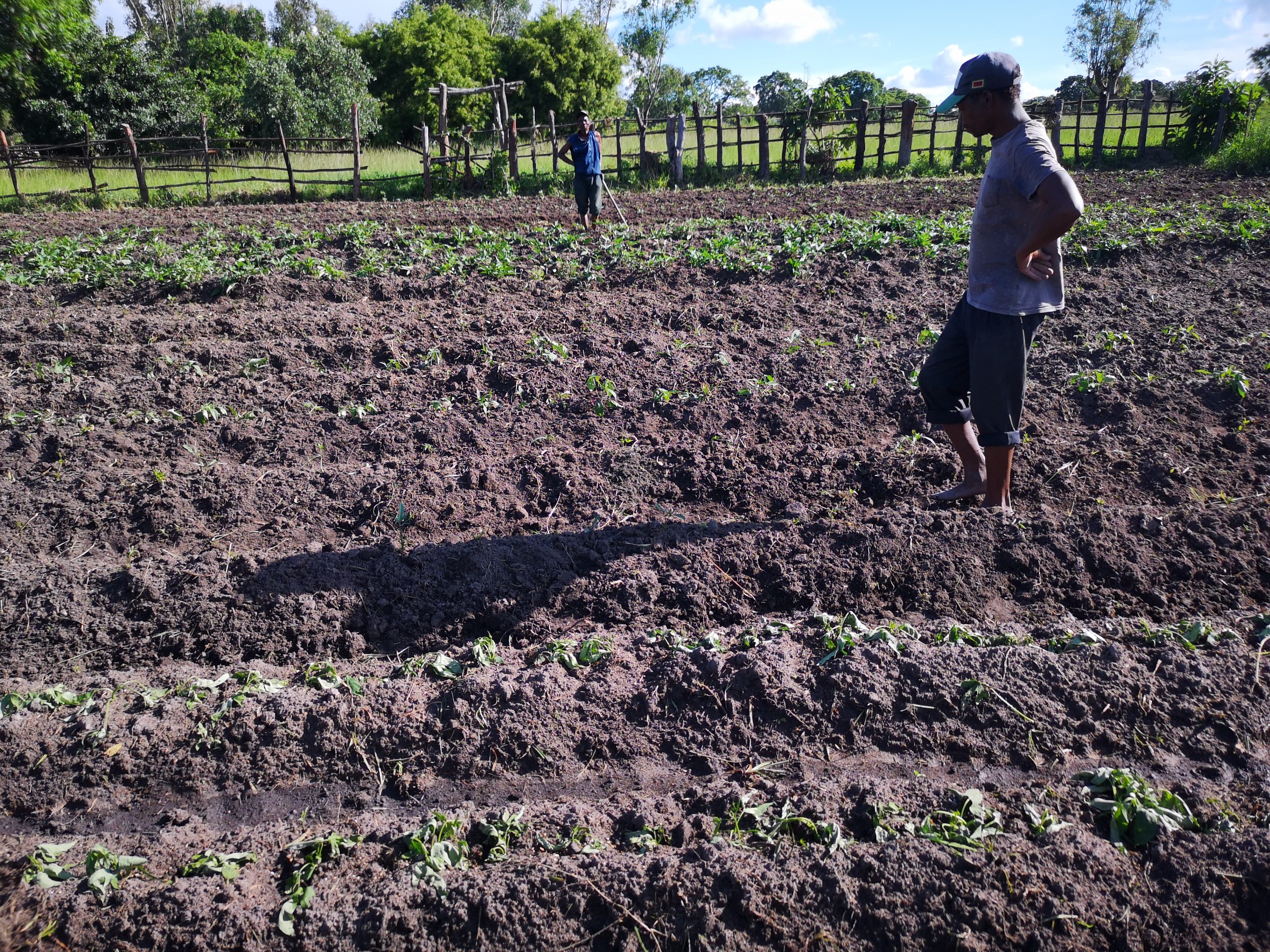Climate resilience and agricultural commercialisation in Africa: Four lessons from APRA research

Written by: Lars Otto Naess and Andrew Newsham
Commercialisation remains a key policy aim for governments across Africa, for obvious reasons. It is seen as a way of: a) increasing farmers’ incomes and thereby reducing poverty; b) transforming the agricultural sector and; c) improving resilience capacities in the face of climate change.
But what are the prospects for commercialisation pathways that seek to combine these goals? APRA has explored this question in Singida, Tanzania and Zimbabwe over the past few years, culminating in a recently published synthesis paper analysing vulnerability and resilience within existing commercialization pathways in Tanzania and Zimbabwe. The analysis centred on (1) the role of climate change amidst the multitude of other drivers of farm-level decisions, (2) the decisions farmers are making in response to climate shocks and stressors, and their outcomes, for whom, and (3) the barriers and opportunities farmers are facing to make changes that would increase their prospects for future climate-resilient commercialisation pathways. We would here highlight four key lessons from this work.
First, farmers are being squeezed by the combined effects of increasingly erratic climate patterns and unfavourable policy environments. As a semi-arid area in central Tanzania, Singida has been disproportionately deprived of public investments while also faced with changing climate and weather patterns that are increasingly overwhelming farmers ability to cope, let alone adapt. Likewise, in Mazowe, farmers are incentivised to adopt tobacco amidst rainy seasons which have become too erratic to be reliable for tobacco production.
Second, the ability to act in response to climate stressors, and their outcomes, follow familiar patterns of access to resources and other social characteristics. In both case studies, there are prospects for commercial agriculture which assists with asset and capital accumulation and poverty reduction. In Singida, for example, the dryland farm-sector is considered to offer new opportunities for profitable production and commercialisation. Yet there are stark differences with regards to which farmers have access to the land and capital for farming investments required for commercial production. Some new opportunities, moreover, such as increased rainfall have given rise to maladaptation, for instance in the form of unsuccessful and damaging experiments with spate irrigation.
Third, farmers’ decisions within their increasingly constrained decision space may lead to ‘lock-ins’. We found that whilst being able to practise commercially viable agriculture can contribute to resilience, the poorest and most marginalised farmers far more commonly faced with an ‘adaptation trap’: A choice between, on the one hand, crops that are poorly adapted to climate change and sold in sometimes volatile international markets and, on the other, better-adapted crops with much lower commercial value. Choosing the latter often cannot meet basic household needs and expenditures, let alone wider development aspirations.
Fourth, strategies for ‘climate-smart’ agriculture to support commercialisation need to be reframed from the current technocratic lens, acknowledging and addressing the current inequalities and difference in resource access and inequalities. Without it, it risks reinforcing unequal structures, and rather than being a way for farmers to escape poverty, could push them into a suboptimal choice between climate-sensitive cash crops and safer but poverty-reproducing staple crops.
